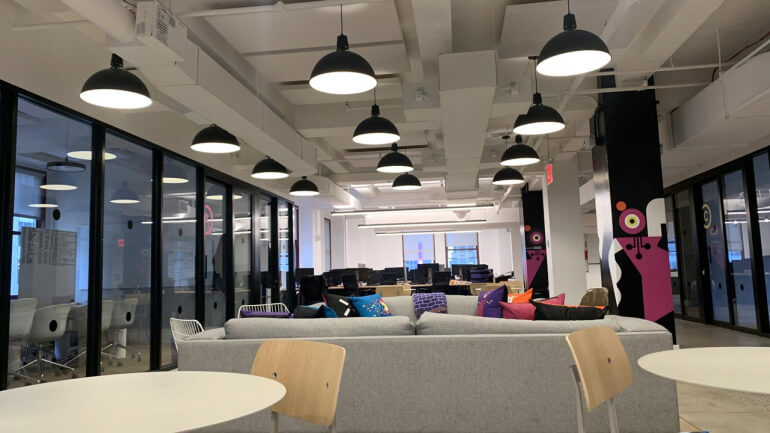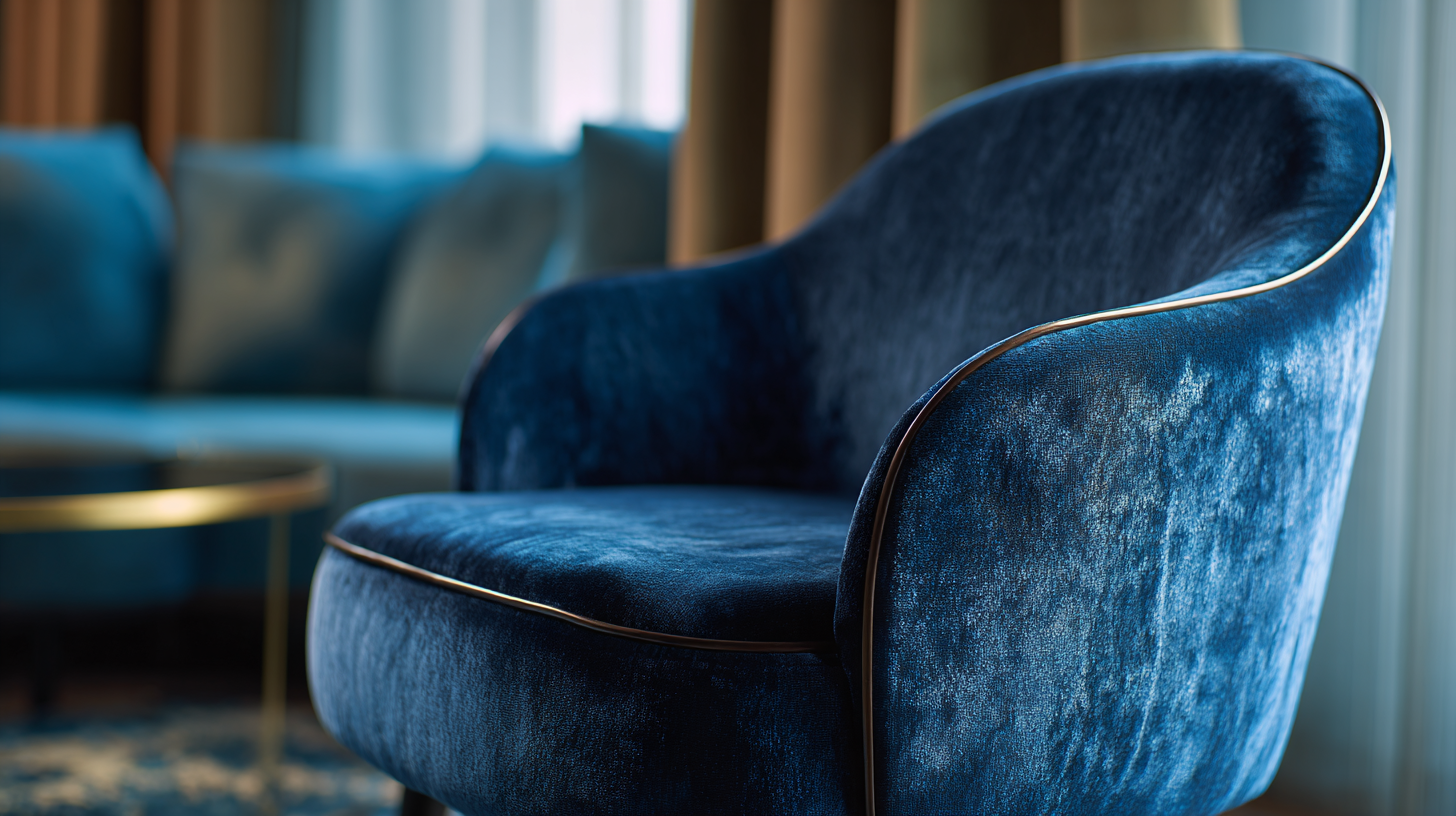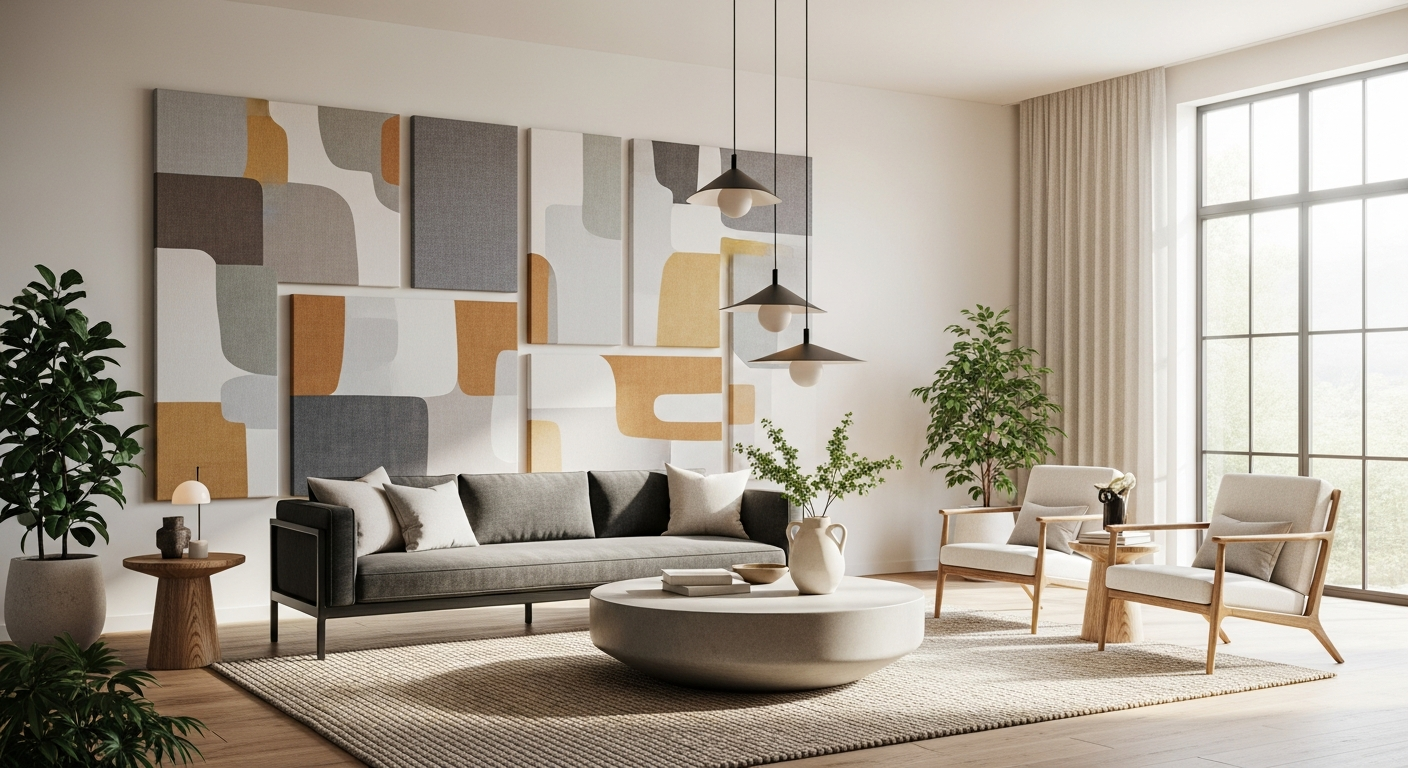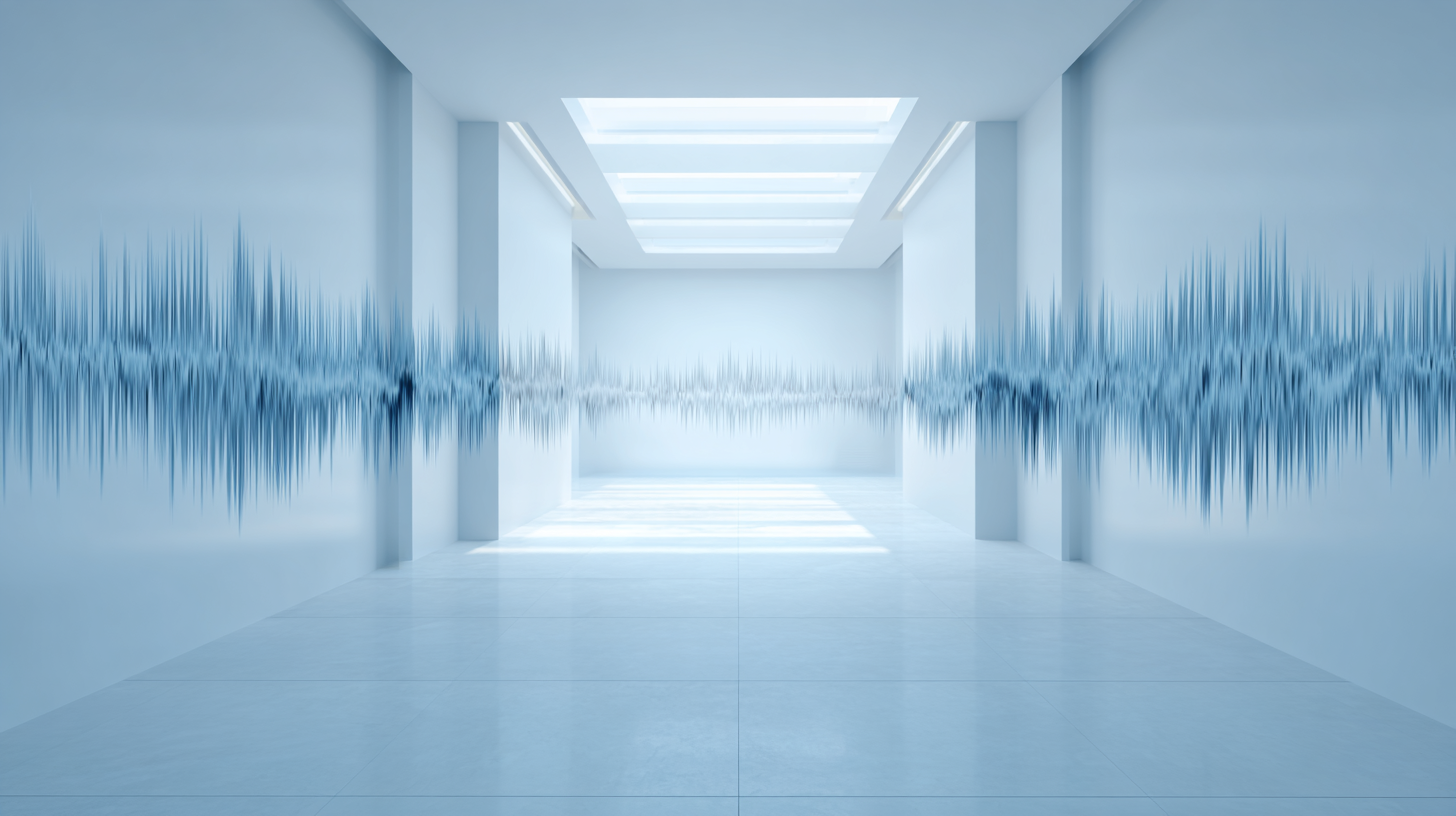The Basics of Acoustic Treatment
Feeling frustrated by bothersome echoes and annoying background noises? It's time to reclaim control of your acoustic space and create the ideal sound environment using these fundamentals of acoustic treatment! 🎵🔊
When it comes to effective acoustic treatment, there are several crucial factors to consider. However, it is important to note that the tips listed here are specifically tailored for standard spaces and not high-end sound environments like professional recording studios, which involve many additional factors.
1️⃣ Coverage is a critical aspect of acoustic treatment. It is essential to thoroughly assess the entire space and address all surfaces, including walls, ceilings, and even floors if required. By treating the majority of hard, reflective surfaces (which create echo) with acoustic materials, you can achieve a more balanced and controlled sound environment. While it is generally acceptable to have small, uncovered spaces on walls or ceilings, they are typically not crucial to cover. But be sure to prioritize covering the majority of the surfaces for optimal results.
2️⃣ Selecting appropriate materials for sound absorbency is a crucial aspect of acoustic treatment. The Noise Reduction Coefficient (NRC) is a metric that measures a material's ability to absorb sound effectively. Seeking materials with a high NRC rating is recommended as they will efficiently reduce echoes, resulting in a clearer and more intelligible sound.
Scale-wise, NRC ranges from 0 to 1. Materials that surpass a rating of 1 are incredibly absorbent, often reaching NRC values of up to 1.15 or 1.2 (115%-120%). A completely hard reflective surface, like a concrete floor, drywall, or glass, has an NRC rating of 0. NRC ratings of 0.5 and below can bring some results, but extensive coverage is necessary, and outcomes may still be inadequate. The minimum NRC rating recommended for treating a room is 0.6 (60%), with an NRC of 0.8 (80%) being relatively effective. Materials with an NRC rating of 1 (100%) and above are highly effective in reducing sound echoes. Our 1" acoustic panels have an NRC of 0.8, while our 2" acoustic panels have an NRC of 1.15.
3️⃣ When installing acoustic treatment panels, it is highly recommended to leave a small gap between the panels and the ceiling. This practice creates an air space that enhances sound absorption. While leaving this space is optional, it increases the effectiveness of the treatment. However, even without the gap, installing acoustic materials flush against the ceiling can still yield satisfactory results.
This approach becomes particularly effective when the material used is absorbent on both the front and back surfaces, such as our acoustic ceiling panels. In this scenario, the rear surface of the panel absorbs any reflections emanating from the ceiling, further minimizing sound reflections in the space.
4️⃣ Identify and treat reflection points in your room: These are areas where sound reflects off surfaces and creates unwanted echoes. By strategically placing acoustic panels or diffusers at these points, you can minimize reflections, resulting in a better sound environment. Placing sound-absorbing materials near the person can also be effective in preventing sound from dispersing and creating echoes. Our acoustic desk divider, folding acoustic partitions, or low-hanging ceiling panels directly above a work desk are ideal options for absorbing sound in close vicinity to the person.
5️⃣ When considering acoustic treatment, it is important to factor in any low-frequency sounds, especially in spaces that use bass amps, subwoofers, or function as rehearsal areas, home studios, or home theaters. For spaces that are primarily utilized for standard activities like conversation or cooking, these sounds may not be as relevant. However, in spaces with low-frequency sound production, bass traps are essential. These specially designed tools are highly effective in absorbing low-frequency sound waves, preventing bass buildup, and reducing boominess in your space.
Remember, acoustic treatment is not one-size-fits-all. Every space is unique, and it's essential to consider your specific needs and requirements. Whether you're setting up a home studio, conference room, or entertainment space, getting the basics of acoustic treatment right is the first step towards a more immersive and professional sound experience. 🎼🌟



